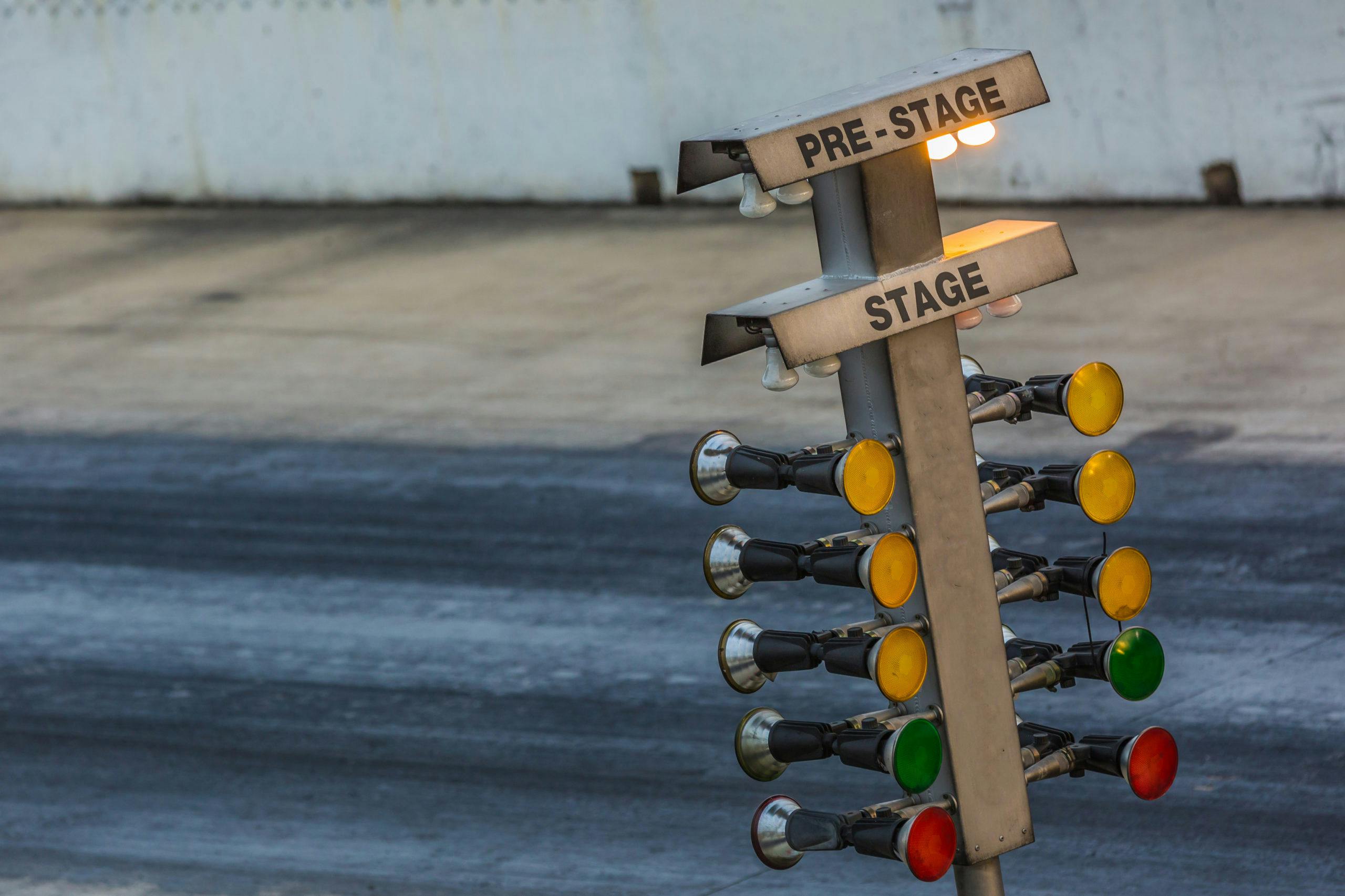When it comes to independent testing of the vehicles we review, we take it very seriously. As our site grows and develops, we’ll be adding more to our testing process, but for now let’s talk about how EV Pulse performance tests its vehicles.
Time to cover distance
One key performance metric that many people look at is the time it takes for a vehicle to cover a quarter-mile. In some cases, they look at eighth-mile or even a 60-foot time. In all cases, these are the numbers that are most important to people who go to a drag strip to test their car’s performance.
To duplicate numbers you’d expect to see at the drag strip, we use a GPS-based data logger and have 1-ft rollout turned on.
What is rollout?
At the drag strip, when you approach the starting line you pre-stage the car. When you pre-stage, your front tire blocks the electronic beam that controls the lights. When you roll forward to stage, the front of your tire breaks the staging beam letting the lights know you are ready to go.
Due to the length of the tire’s contact patch with the track surface, this could give some people up to 1-ft of advantage because the car could be rolling before the front tire passes the staging beam.
So what does that all mean? A quarter-mile time isn’t necessarily from 0 mph. Because we want to be consistent with what you would see at the track, nearly all of our times — with a few extremely rare exceptions — are calculated using 1-ft rollout.
Here’s a good primer on what rollout is: “The Importance of Rollout.”
Time to reach speed
For our other calculations, we look at 0-60 mph, 0-100 kph (for our international readers), and 50-70 mph (for overtaking). Because 0 mph means 0 mph, we do not use rollout for these calculations.
Braking
For our braking tests, we perform a full emergency stop from 70 mph and calculate the distance by GPS. The shorter the stop, the better the brakes.
Down and back
We perform our testing at least once in each direction, and take the best times from each run. In the case of braking, since most of the cars we are working with aren’t performance cars, the best braking performance is from the first run.

